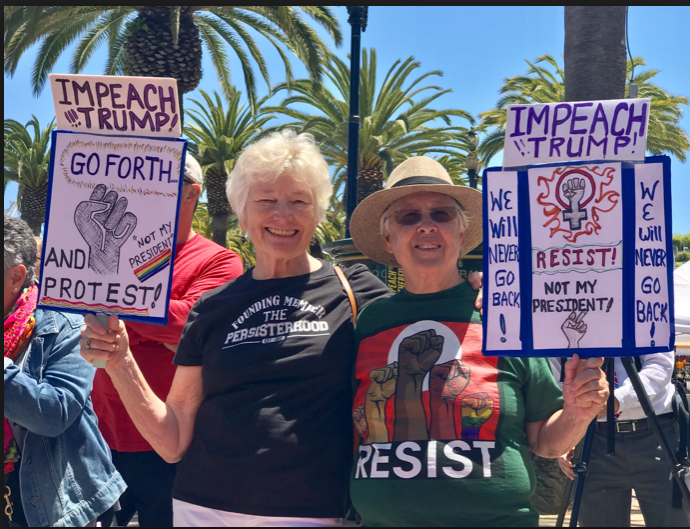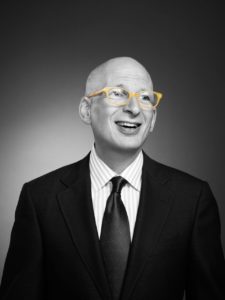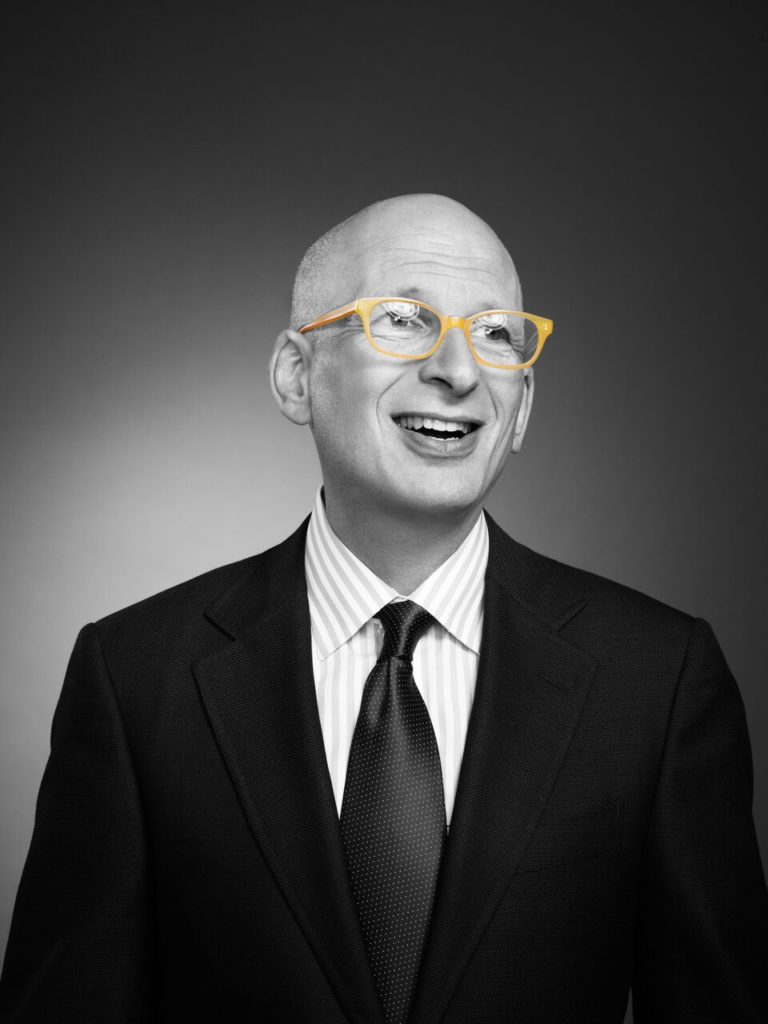Noho Pride at 38: The Transformational History of a Movement Microcosm
The LGBT Pride March in Northampton, Massachusetts has happened every May since 1982. Northampton, an artsy college town on the Connecticut River with a population under 30,000, has mostly been a haven for lesbians and gays (and more recently, for trans, bisexual, and gender-queer folks) for decades–but there were some major bumps along the road, such as the arrest of several gay male Smith College professors in 1960. Another bump occurred in 1983, as you’ll read below. And at one point someone tried to shut down the event because it was too big and the person tried to claim that the town was overwhelmed. But the March marches on.
I marched in the first Northampton Pride March, served on the organizing committee for the following three years (1983-85), and have marched every year I’ve not been traveling except for one year when a friend’s daughter was becoming Bat Mitzvah. I haven’t counted but it’s probably at least 32 of the 38 years.
The first year, there were about 500 of us, many covering their heads with paper bags for fear of retribution—and many others did their best to avoid cameras. We were met with a couple of thousand curious gawkers and maybe 100 very loud, very hostile counterprotestors from the local Baptist church. We considered it an enormous success. The next year, I think we had about 1000, and about 20 counterprotestors.
But later that year, a sitting at-large City Councilor ran for re-election, and won, on a platform of “I will stop the gay rights march.” Also around that same time, lesbian activists started receiving anonymous death threats over the phone. We demanded and received a mass meeting with the then-mayor and county District Attorney, where we demanded a statement condemning the violence. The mayor shilly-shallied around for an hour, until the DA, a quiet guy named Mike Ryan from an old Northampton family and someone with a strong passion for social justice, finally blurted out, “I’ll give you a statement.” Once he had cover from Mike, the mayor agreed as well. Eventually, someone was convicted for the harassing phone calls.
Pride Day kept growing from there, and after a few years, there were no more counterprotestors. In the 1990s, 10-12,000 was fairly typical, if I remember right. Then in the past few years it started to grow much larger.
The first several marches started at Bridge Street School and marched up Main Street to Pulaski Park. Later, as the crowds got too big for that little park, the direction was reversed. For many years now, it starts at a staging area in a big parking lot behind Main Street and heads down Main and Bridge to the 3-County Fairgrounds, which are enormous.

This year, it didn’t even fit into the staging area and spread into several surrounding streets. By the time it reached the Fairgrounds, gathering up so many of the bystanders along the way, it took over an hour and a half for the whole march to pass by.
The Springfield paper estimated 35,000, but I think they were counting the march as it left the staging area. At least 10,000 waited for us along the whole length of Main Street, watched the parade go by, and then joined in. The Gazette said 30-40,000, and I think that higher number is more accurate.
Back in the early 1980s, we were considered curiosities, even in liberal Northampton. Even as recently as 1991, the first publication in the Gazette of a same-sex wedding announcement sparked an outrageous article in the National Enquirer headlined “Lesbianville, USA.”
But for a decade now, the contingents have included dozens of school groups from kindergarten through college, the occasional daycare center, banks, churches and synagogues, real estate agencies, hospitals…every type of business you can think of. People come with their kids, same- or different-sex partners (as usual, I was there with my wife, D. Dina Friedman), grandparents, pets…and homemade or store-bought rainbow apparel.
The first person I saw that I knew this year was Northampton Mayor David Narkewicz, who was officiating a wedding on stage at the rally that followed the march. He didn’t just show up to do his bit, but marched with the rest of us. He posed for a picture but my camera didn’t cooperate. But I snapped this unposed one while he was talking to someone (possibly State Senator Jo Comerford—I couldn’t tell from the back). Holyoke Mayor Alex Morse was also in attendance, as was former Northampton Mayor Mary Clare Higgins. Holyoke City Councilor and staffer for Elizabeth Warren’s presidential run Jossie Valentín organized the Warren contingent.
Those first years were about anger, vulnerability, and claiming our right to be part of the community. Now, it’s a celebration. Much less activism and much more a great big day-long party with the march, the rally, and various dances and cultural events in the evening. The hotels, restaurants, and retail businesses downtown are packed.
This is how far we’ve come! From fringe to totally normal. The legalization of same-sex marriage was certainly a factor in normalizing the LGBT community, but acceptance was permeating through the local culture long before that. I’m convinced that when someone from a conservative culture sits on e.g. a PTA committee with a same-sex parent, and they both realize they want basically the same things for their kids and their community, those barriers break down.
I’m proud that Northampton has been in the vanguard of this movement (a movement I first got involved with in 1973, before I ever heard of Northampton). While I haven’t lived within city borders since 1998 when I moved across the river to Hadley, it’s still my community, I’m there several times a week, and I can see it from the hill behind my house.








